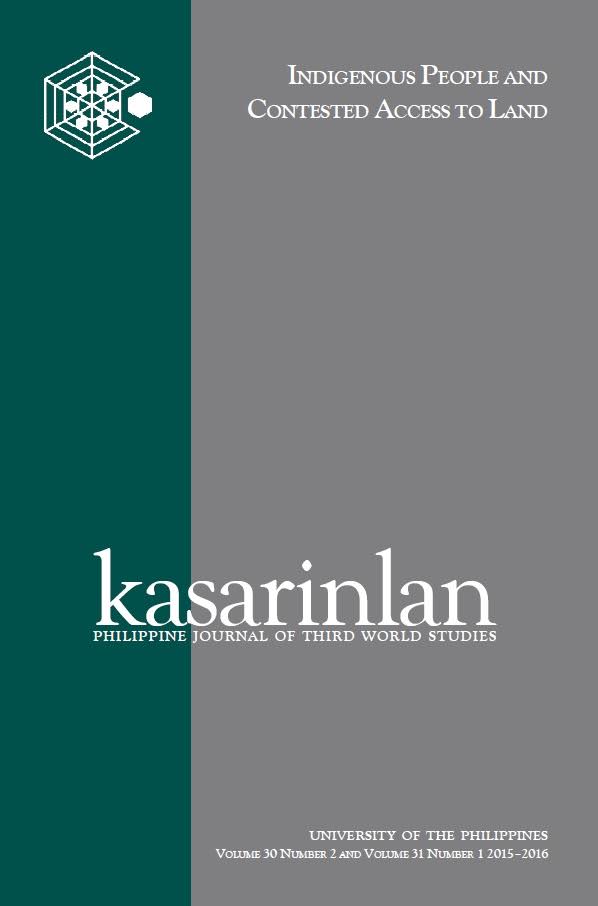Imagining the Future of Lumads in Bangsamoro
Abstract
In the midst of the peace process and the creation of the Bangsamoro, the voice of the Lumads as a “second-order minority” that has begun to reimagine themselves as Filipino citizens has not been given enough attention. The Bangsamoro Basic Law (BBL) draft initially reviewed in 2015 did not contain language that explicitly refers to the Lumads nor contain any guarantee of protection of their rights under the Indigenous Peoples’ Rights Act (IPRA) of 1997. A subsequent BBL draft does little to address these problems. “Indigenous peoples” as used in the second draft refers to the Moros while the term “non-Moro indigenous peoples” is used to refer to the Lumads. The draft also cites the United Nations Declaration on the Rights of Indigenous Peoples but does not mention the Philippines’s IPRA. In the end, Lumads must still decide between assimilating as Bangsamoros and losing their cultural identity or remain noncitizens and be treated as outsiders. It is possible that the Lumads may have a better future with the Bangsamoro considering that the Moros have a history and experience similar to the Lumads, with both being considered minority groups by mainstream Filipinos. Reimagining the Bangsamoro as a place not only for Moros or Muslims but for all groups indigenous to the southern Philippines is a step in the right direction. In the end, however, only the Lumads can decide what they are willing to compromise in order to retain their rights as indigenous peoples, either under the national government or under the Moros in the future Bangsamoro.



